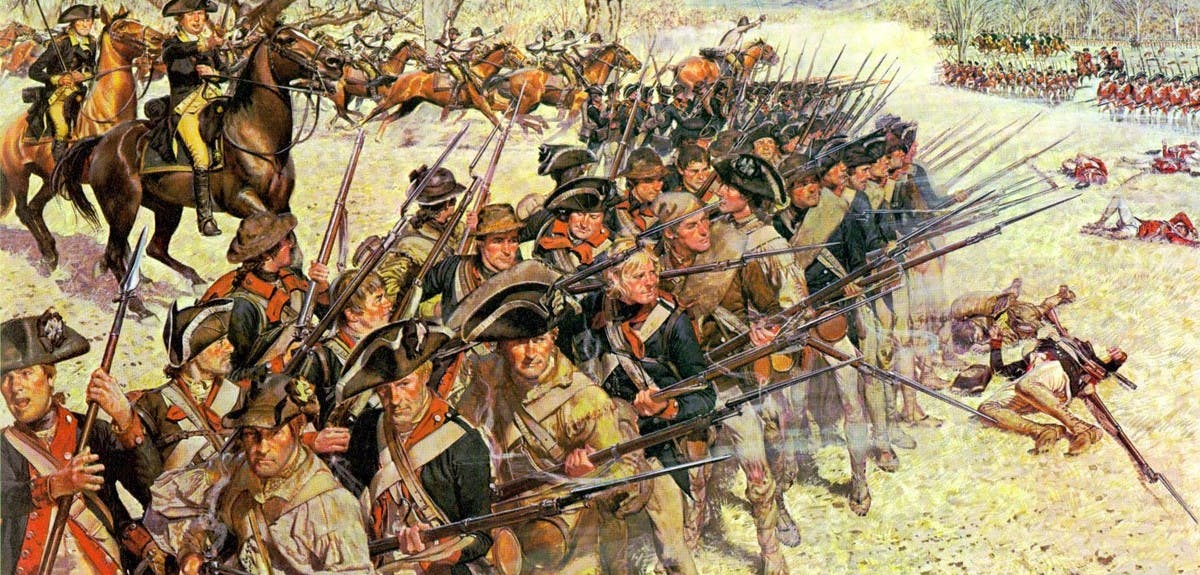This Irish patriot fired the first American cannon shots
2-3 minute read
By The Findmypast Team | July 9, 2016

Everyone knows how the famous generals and founding fathers contributed to the Revolutionary War.
But all too forgotten are the sacrifices of the everyday men who fought on the front lines. The stories of these soldiers hold a special place in the hearts of all Americans, and we can be incredibly proud if anyone on our family tree served in the war.
Many of these tales have been lost to history, but a surprising amount still survive today - you just need to know where to find them.
We've been steadily digitizing history and genealogy publications in our Periodical Source Index, and many of these journals contain amazing stories.
"It was the first exploit of the new-born nation, and a gallant young Irish patriot, a citizen of this province, carried it to success. [](span)"
The American Irish Historical Journal has an fantastic collection of stories about everyday Irish Americans who fought for our nation's independence.
Here is an interesting and relatively unknown story of the first cannon fired by an independent America:

In February of 1776, Captain Daniel Neill was assigned to command the first artillery company of the state of New Jersey. Captain Neill, "a young man born In Ireland, by untiring energy and devotion to duty, quickly got his command in good trim for the active service it was soon to engage in."
He was ordered to position his four guns to cover the Newark Bay in northern New Jersey at the mouth of the Elizabeth river, then known as Mill Creek.
On July 3rd, 1776, a British gunboat was seen in the by off the southern shore of Shooter's Island. This was the first gunboat seen in the area - the ship was part of Admiral Lord Howe's fleet, which had just landed on Staten Island to unload troops.

A modern day map showing the approximate locations of the British vessel and Neill's artillery unit.
Neill was alerted to the presence of the ship by troops stationed near the island, and late that night the ship began to slowly creep within range of Neill's guns.

As the ship pulled within range, Neill's "dogs of war were loosened and from their brazen throats belched forth sheets of bright red flame, preceded by iron missiles, which swept the deck of the craft, carrying death, destruction and dismay to the hitherto confident and unsuspecting crew."

Captain Neill decided to spare the poor enemy soldiers:

Since Captain Neill's attack occured shortly after midnight on July 4th, 1776, the periodical asserts that Neill's cannon shots were the first fired after the official adoption of the Declaration of Independence - the Congress in Philadelphia had formally performed the act between nine and ten o'clock the previous evening.
"It was the first exploit of the new-born nation, and a gallant young Irish patriot, a citizen of this province, carried it to success."
These wouldn't be the last exploits of Captain Daniel Neill's company - he would see fierce action in Princeton later in the war - but would he survive?
Related articles recommended for you

Irish family history and minority religions in Ireland
History Hub

New additions from Auckland to Ahmedabad...
What's New?

Introducing the British Home Children Collection
What's New?

